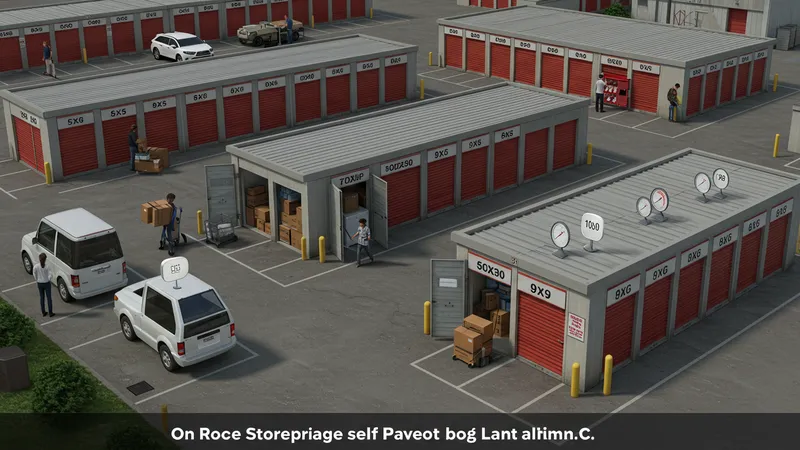
Different Unit Sizes Offered By Self-Storage Companies
Comparing Features and Adaptability Across Different Storage Unit Sizes
The diversity of unit sizes in the storage industry is matched by a range of features designed to accommodate every type of customer. For instance, smaller units like the 5×5 or locker-size options are typically sufficient for storing off-season clothing or small appliances, making them ideal for students or apartment dwellers seeking affordable solutions. On the other hand, the largest units, such as the 10×30 spaces, attract businesses and families undergoing major transitions, such as relocations or major renovations.

Many US self-storage providers differentiate unit types not just by square footage, but also by access: drive-up units allow renters to load and unload items directly from their vehicles, streamlining the process for those with bulky or heavy goods. Indoor, climate-controlled units, available in most unit dimensions, offer a controlled environment perfect for valuable archives, antiques, or technology, safeguarding items from the country’s diverse weather patterns.
The adaptability inherent in self-storage contracts adds another layer of appeal. US tenants are rarely bound to long-term commitments; most companies offer month-to-month leasing, permitting users to upsize or downsize their storage space as circumstances change. This flexibility reduces stress for those facing uncertain timelines, such as military families, remote workers, or students on summer break.
Recent US industry estimates signal that 1 in 11 Americans rent self-storage space, a statistic fueled by urbanization and smaller living spaces. Facility operators have responded by ensuring nearly every customer demographic finds a suitable option, whether it’s a tiny locker for personal documents or a dedicated lot for recreational vehicles.